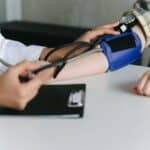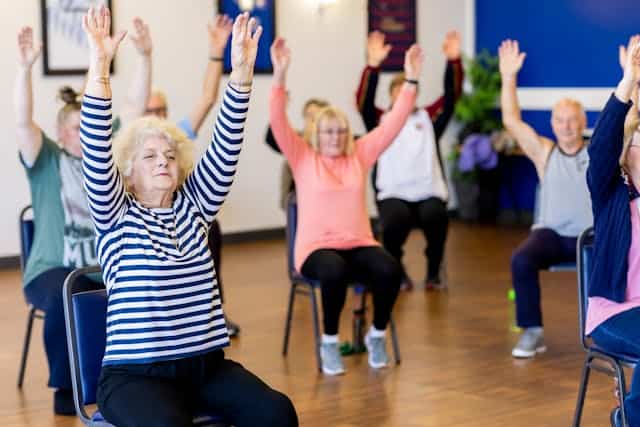
Sitting Time Reduction and Blood Pressure in Older Adults: A Randomized Clinical Trial
April 18, 2024
Re-post: Childhood sedentariness causes excessive insulin, raising the risk of type 2 diabetes
May 2, 2024A new study was recently published entitled, “A Behaviour Change Intervention to Reduce Sedentary Behaviour in Chronic Obstructive Pulmonary Disease: A Qualitative Study” just published in Physiotherapy. A summary and citation are provided below.
ABSTRACT
Objectives
To document the experiences of people with chronic obstructive pulmonary disease (COPD) who underwent a behaviour change intervention to reduce sedentary behaviour (SB) in a clinical trial.Design and participants
Qualitative study using semi-structured interviews to explore perspectives of the behaviour change intervention and specific intervention components in people with stable COPD on the waitlist for pulmonary rehabilitation.Setting
Three outpatient pulmonary rehabilitation programmes in Sydney, Australia.Interventions
The six-week behaviour change intervention with once weekly contact with a physiotherapist aimed to reduce SB by replacing it with light-intensity physical activity (PA) and by breaking up prolonged SB.Main outcome measures
Of 30 participants who completed the behaviour change intervention, interviews were conducted with 13 participants and analysed using the ‘capability, opportunity, motivation, behaviour (COM-B)’ framework of behaviour change.Results
Intervention components regarded as most helpful by participants were verbal education on health consequences on SB, goal setting, and self-monitoring of, and feedback on, step count using activity trackers. There was a clear preference during goal setting to increase PA rather than to reduce SB. Physical limitations and enjoyment of SB were the most reported barriers to reducing SB.Conclusions
Goal setting, verbal education, and self-monitoring of, and feedback on step count, were viewed positively by people with COPD and may show promise for reducing SB and increasing PA based on individual preference.
Sonia Wing Mei Cheng, S.W.M., Guan, C., Dennis, S., Alison, J., Stamatakis, E., & Mckeough, Z. (2024). A Behaviour Change Intervention to Reduce Sedentary Behaviour in Chronic Obstructive Pulmonary Disease: A Qualitative Study.
Physiotherapy, https://doi.org/10.1016/j.physio.2024.04.347.
Photo by cottonbro studio on pexels




